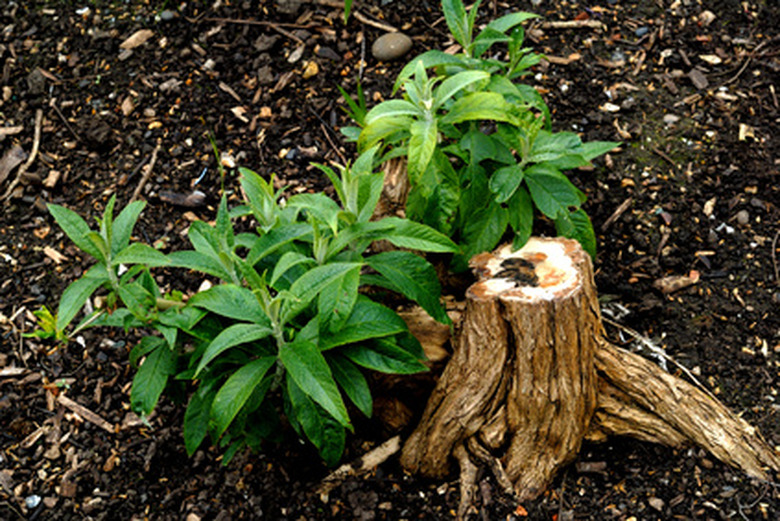How To Make Soil More Alkaline
Things Needed
- Garden spade
- Granular limestone
- Broadcast spreader (optional)
- Garden hose or sprinkler
The pH level of soil will determine how well plants grow. Because different plants require different pH levels, the desired pH level of a growing area depends on the plants you will grow. High pH levels indicate high alkalinity of soil and low pH levels indicate high acidity levels of soil. You can make soil more alkaline by adding a lime product to the soil at the time you prepare soil for planting.
Step 1
Work the soil area thoroughly with the garden spade prior to adding the limestone. Cultivate the soil down to a depth of at least 8 inches.
Step 2
Spread the granular limestone evenly over the soil area. Depending on the size of the soil area, you can spread the limestone by hand or with a broadcast spreader. Strive to spread between 2 and 3 lbs. of granular limestone over each 100 square feet of soil area.
- The pH level of soil will determine how well plants grow.
- You can make soil more alkaline by adding a lime product to the soil at the time you prepare soil for planting.
Step 3
Work the limestone into the soil with the garden spade. Cultivate the soil again down to 8 inches to work the limestone throughout the soil thoroughly.
Step 4
Water the soil with a garden hose or a sprinkler unless you expect rain. Moisture must contact the lime in the soil to begin the chemical reaction that will raise the alkalinity level of the soil. If you water with the hose or a sprinkler, water to saturate the soil evenly.
Tip
Place your plants in the ground as soon as you desire. Limestone will not damage your plants and will continue to work to raise your soil pH. Add limestone to soil every two to three years as needed to raise soil pH. Consider testing your soil–either with an at-home testing kit or with a local extension service–prior to adjusting soil pH levels to ensure you amend the soil properly for the plants you wish to grow.
Warning
Do not apply more than 5 lbs. of limestone over a 100-square-foot area at one time.
